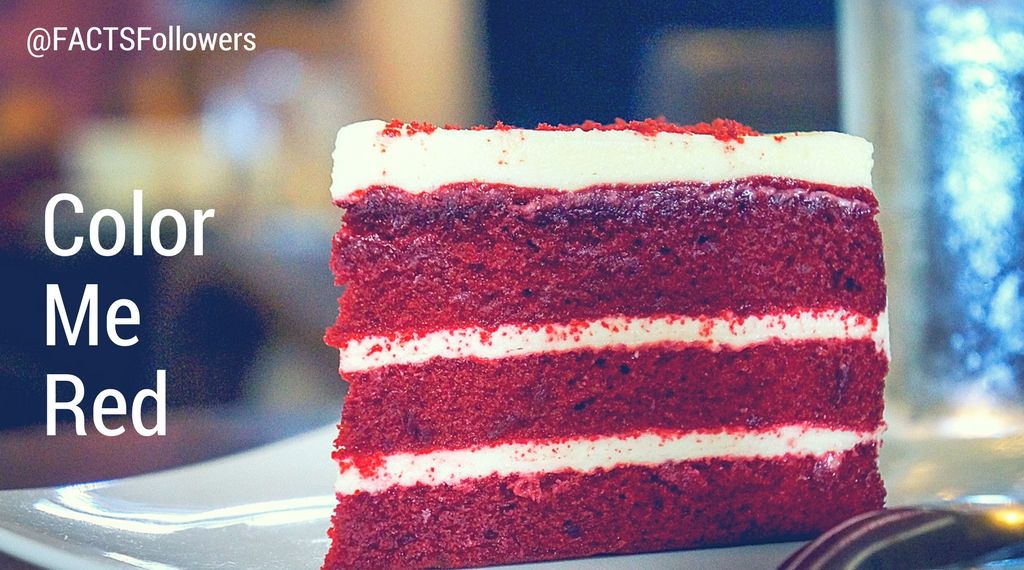I love the vibrant color of red velvet cupcakes. The deep, red coloring paired with the moist texture and slightly chocolatey taste is truly indulgent. But what gives these cupcakes their beautiful color? Food coloring.
Did you know food coloring can be made using natural and artificial ingredients? Both of which are safe and regulated by the U.S. Food and Drug Administration (FDA). These colorings are used in a variety of foods, not just baked goods, including ice cream, yogurt, soft drinks, cereals, sausage casings and cheeses.
Although the safety of artificial food coloring has been reaffirmed by scientific research and government agencies (such as the FDA, the Joint FAO/WHO Expert Committee on Food Additives (JECFA), European Union (EU), Scientific Committee for Food (SCF), and the European Food Safety Authority (EFSA)) around the world, misinformation still circulates about the safety of food colors.
Three recent publications supported by the International Association of Color Manufacturers (IACM) explored and tested the safety of Allura Red AC (FD&C Red No. 40), Tartrazine (FD&C Yellow No. 5) as well as the exposure levels of several Food, Drugs & Cosmetics certified (FD&C) color additives approved in the United States.
Here’s a snapshot at what these three studies found.
Red Rover, Red Rover, Send Color Right Over
Allura Red AC is a globally approved food color additive. However, a 2013 evaluation of food color additives by the EFSA concluded there may be concerns of potential genotoxicity (destructive impact on a cell’s DNA or RNA or genetic information) by Allura Red AC. Notably, EFSA’s concern was based mainly on the results of one research publication.
As a response, Dr. Maria Bastaki, director of research at IACM, and her research group addressed EFSA’s desire for more data on this food coloring’s impact on the cell’s genetic information in the Food and Chemical Toxicology journal.
This additional research found a “clear absence of genotoxicity” linked to Allura Red AC consumption. This significant difference can be attributed to the difference in methodologies used by the different research groups as Bastaki, et al. conducted their experiments according to FDA standards and the Organization for Economic Co-operation and Development (OECD) Good Laboratory Practices (GLP).
They Call Me Mellow Yellow
Additional experiments were done by Dr. Bastaki’s group to examine the genotoxicity of Tartrazine (FD&C Yellow No. 5). Like Allura Red AC, Tartrazine was also evaluated by the EFSA in 2013 and the agency expressed some concerns about potential genotoxicity based on the same publication mentioned above that examined Allura Red AC. To address this EFSA concern, Dr. Maria Bastaki’s research group performed experiments to assert the safety of Tartrazine. As demonstrated in the study published in the Food and Chemical Toxicology journal, there was a “clear absence of genotoxic activity for Tartrazine.” Once again, the Bastaki research group performed their analyses by following the GLP guidelines and used doses of Tartrazine to mirror that of the study that caused EFSA’s initial concerns.
Don’t Fear the Rainbow, Embrace the Rainbow
The third IACM study addressed the estimated daily intake and safety of food color additives in the U.S. This comprehensive research aimed to address concerns that Americans are consuming unsafe levels of food colors and examined the estimated daily intakes (EDI) of adults and children/young adults (ages 2-18) of the 12 FDA approved (FD&C) color additives in the United States.
To gain a detailed view of the amounts of food coloring consumed by the population, the study analyzed food and beverage industry data on the use of these color additives in production of consumer products and examined the American population’s food-consumption from the National Health and Nutrition Examination Survey (NHANES) data, along with some statistical adjustments to make the food intakes as realistic as possible.
The Bastaki research team found that “exposure to food-color additives in the United States by average and high-intake consumers is well below the acceptable daily intake (ADI) of each color additive.” These findings were also previously established by FDA research published in 2016. This means even for people who consume a high amount of foods with color additives, they are not at risk of the colors causing adverse health effects.
Also, while other population studies have indicated that consumption of color additives are at unsafe levels for children, this research also refutes these findings. The Bastaki paper emphasizes, “…the current practices of FD&C color additives used in foods and beverages in the United States allow comfortable margins of safety for all straight colors and their lakes [water-insoluble food color]…Similar findings have been reported by the EFSA for estimated exposures of European populations of all age groups to food-color additives.”
In Living Color
Food coloring additives have been regulated and used for years to make foods more colorful and vibrant. Their safety and potential to cause health issues continues to be monitored. It is important to remember that all food additives are carefully regulated by federal authorities and various international organizations to ensure that foods are safe to eat and are accurately labeled.
